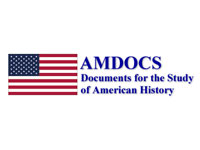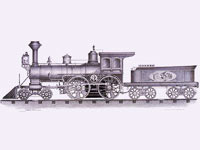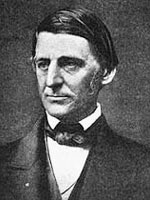Foreign Relations of the United States (FRUS), 1945-1972

Published annually by the State Department, Foreign Relations of the United States is the official record of major declassified U.S. foreign policy decisions and diplomatic activity, with material culled from Presidential libraries--including transcripts of tape recordings--and executive departments and agencies. Digitized material does not reflect the full range of published volumes. For the Truman Administration, the site provides "1945-50, Emergence of the Intelligence Establishment." Three volumes are available for the Eisenhower years, on American republics, Guatemala, and Eastern Europe, the Soviet Union, and Cyprus. The Kennedy Administration is represented by 25 volumes that cover, among other areas, Vietnam, the Cuban missile crisis, the Berlin crisis, and exchanges with Premier Khrushchev. A complete set of 34 volumes is available on the Johnson Administration, and 19 volumes currently are furnished from the Nixon Administration. Fifty-four volumes will eventually be available on the Nixon and Ford administrations. Useful volume summaries provide historical context. FRUS volumes for 1900-1918 (http://digicoll.library.wisc.edu/FRUS/) are described in a separate entry.


